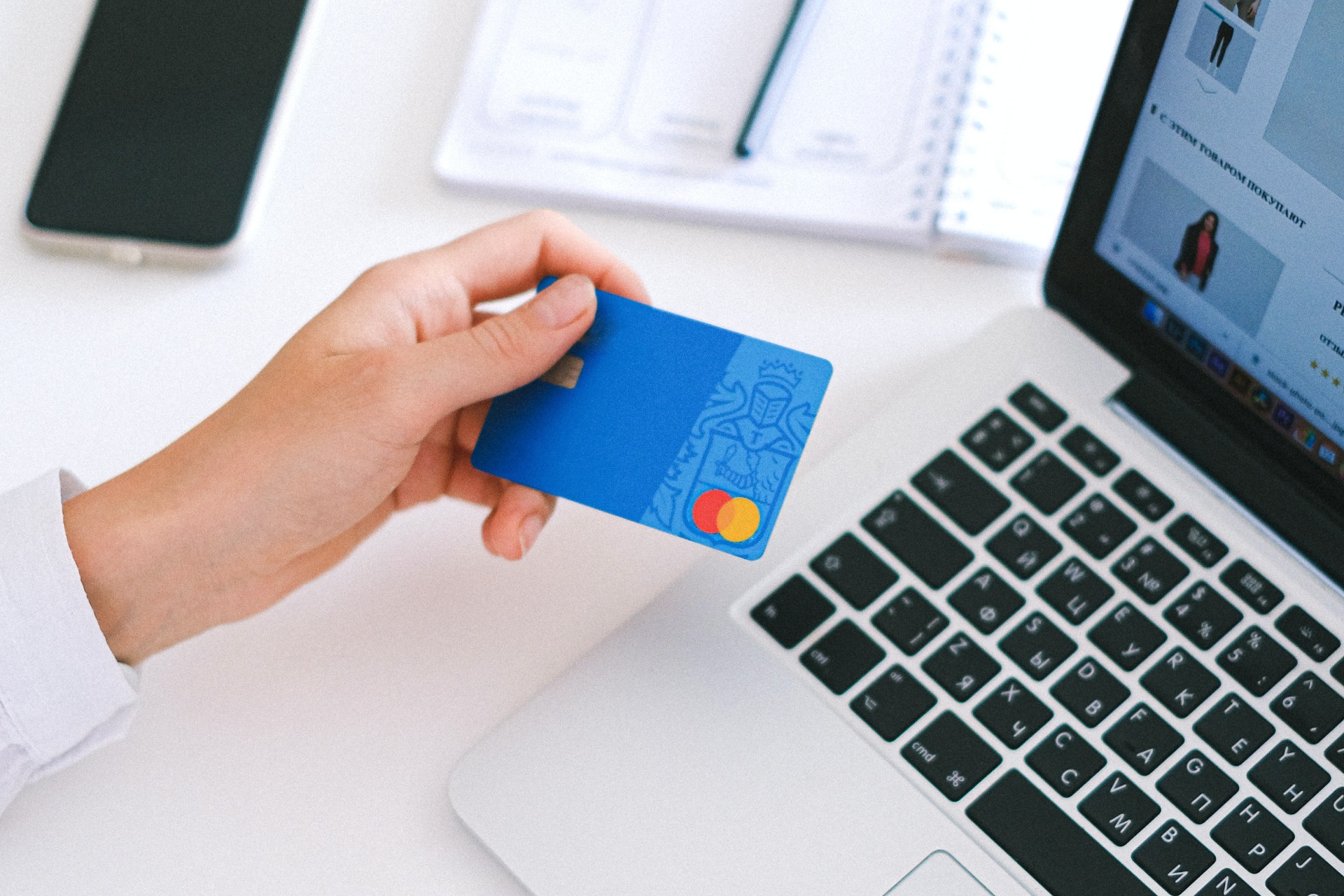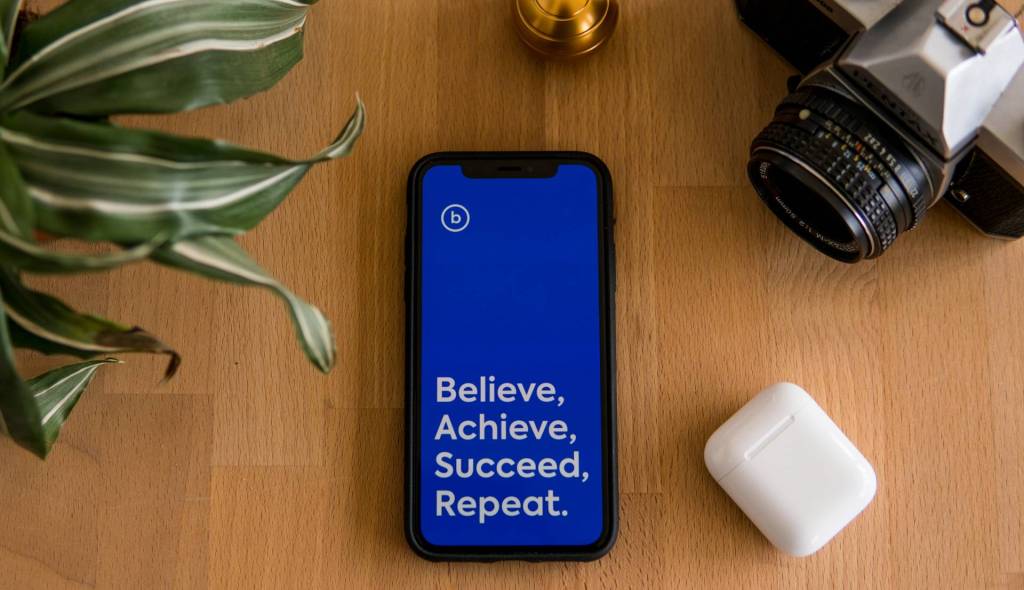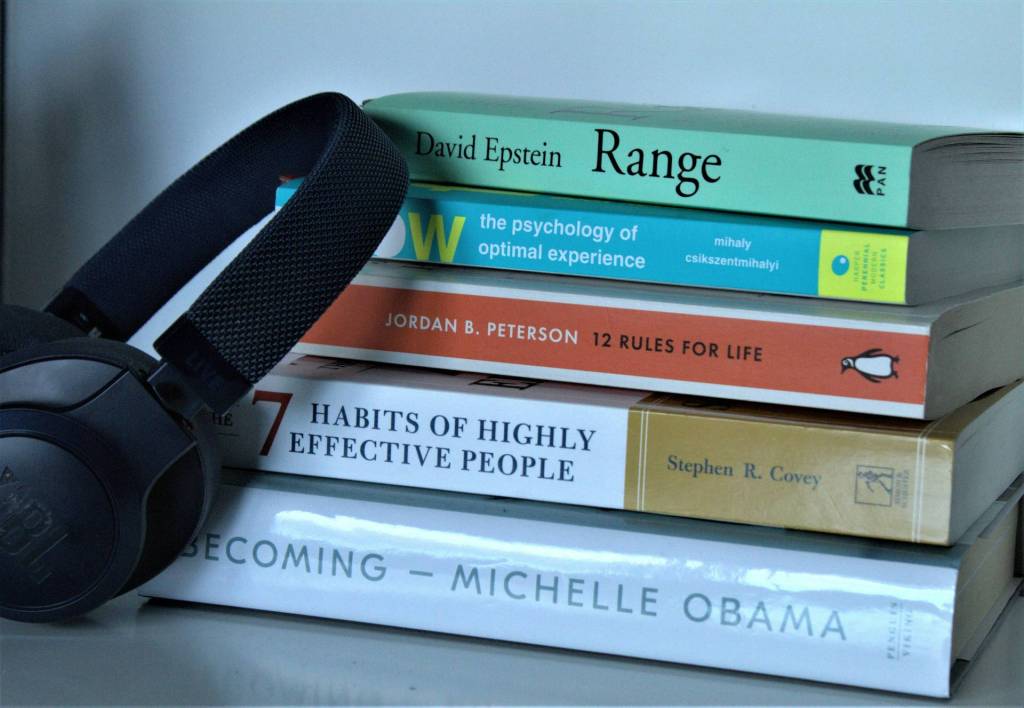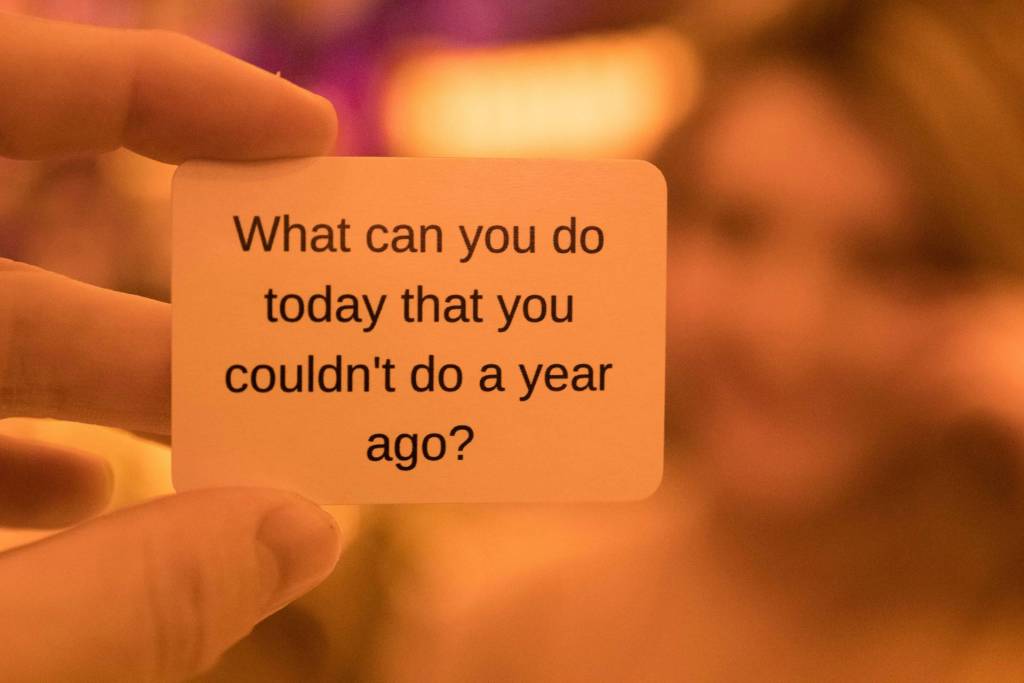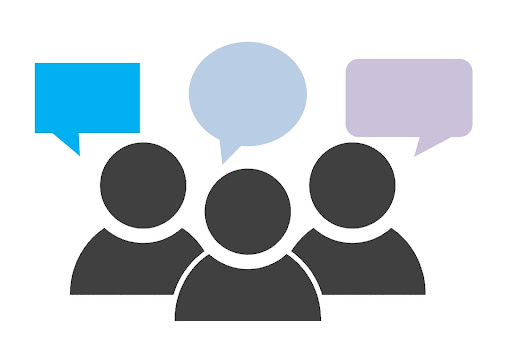Scam artists use fake documents far more often than you might think.
Since many businesses now operate online, it has become a lot easier for fraudsters to scam and continue their illegal activities online. Today, it’s now much easier to steal fake identities. Criminals can forge documents much faster. Scammers online need forged documents due to many reasons. For example, criminals use fake documents to stay in a country illegally, take a loan, or purchase properties illegally.
The landscape changed drastically due to the global pandemic.
Visas made up 6% of fake documents in 2020. In the meantime, fake IDs reached a peak of 12% in the fake documents department. The global pandemic also accelerated the number of fake IDs in the healthcare sector. Despite that, due to rising statistics, fake documents can be found in any industry. Since customer onboarding usually no longer happens in a physical location, most identity thefts and fraud happen in the digital sphere.
So the most important question is — how can you protect your identity and your business from such crime?
Know the pattern.
If you know the basic rules of how to identify a fake document, there are fewer chances that you’ll become a victim of this type of fraud. Forging documents means that there were changes made to an existing document.
For example, maybe the expiration dates don’t match. Same for the date of birth. There can also be more drastic alterations, such as the total change of the holder’s address. Fraudsters even go the extra mile and use real pages of other documents, scrub information, and add fake watermarks.
Fraudsters can delete crucial data using a special whitener at any part of the document. Since adding new information to the forged document is relatively easy, it’s important to know how to detect such a document. Here are 10 tips that will help you identify a fake passport.
- Check the expiration date.
- See if there is a holder’s signature.
- Review the digitally printed photo of the document’s holder. It must have a holographic overlay.
- Check the code of Issuing State.
- Examine the machine-readable zone.
- Analyze the number of pages.
- Regular passports have 24-34 pages, and e-passports should have 36 pages.
- Check if there’s a serial number.
- Analyze the passport’s size.
- Most passports are 125 × 88 millimeters (4.921 × 3.465 inches).
- Evaluate the passport’s security features.
- Check out if it has holograms, watermarks, the right fonts, and colors.
- Scroll through the document to see if there are any spelling mistakes or other typos.
Be aware of various techniques.
Fraudsters have mastered different ways to fake a document.
Originally, all documents are blank. They are subsequently personalized. Scammers start from scratch in a similar manner by adding false details step by step. Since the whole document isn’t forged, it’s not easy to determine if it’s fake.
Despite that, it’s impossible to replicate all of the little details like stamps and specific security marks. For this reason, some use microscopic scanners to detect fake documents and any inconsistencies. This unique tool checks the expiration date, the date of origin, and compares the placement to check for suspicious patterns.
Since the internet eats up a lot of information, you can find anything online, including samples of government-issued IDs and other legal documents. Fraudsters search for such data in public databases or presentations and steal minor details for their own version of a forged document.
Spot the use of fake IDs.
As a business owner, it’s important to know the patterns and the logic behind forging documents. As an entity, it’s vital to be aware of the consequences that lay behind such crimes.
The most common crime regarding forged documents is possession. Of course, fake ID laws cover a wide range of criminal activities, including selling or altering illegitimate documents as well as using them for buying alcohol illegally.
A person can be charged for owning or carrying a fake document. This is true even without the intent to use it. Depending on the regulations in different countries and states, there are actions that can result in various crimes. For instance, one can be charged for establishing a false identity for the attempt to use a fake ID or driver’s license.
Fines and charges can build up as well. For example, let’s say you’re underage and you want to use a fake ID to buy alcohol. The teen scam artist is now subject to two legal penalties. They get a minor in possession charge in addition to the forged document charge.
Fight against identity theft.
Forging and altering documents leads to one major issue — identity theft.
According to the Federal Trade Commission, someone becomes the victim of identity fraud every 14 seconds, and approximately 0.6% of the U.S. population were affected by identity theft in 2020.
The alarming statistics don’t end there. The study showed that most stolen identities were used to apply for government documents and benefits, which leads to forged documents and bank fraud. For businesses, this means reputational damages and financial losses.
Since well-crafted fakes can slip through as original documents, special automated tools help the naked eye to authenticate the real ones. This is vital for online businesses in order to detect fraud and protect companies from untrustworthy users and their potential scams.
Most often, savvy merchants detect the counterfeited documents via the customer onboarding stage. It’s at this stage that merchants require the person to register on an online platform and verify their identity.
Keep your identity and business safe.
If your business hasn’t implemented an identity verification service yet, now’s your chance to think about it and what benefits it can bring.
- Looking for specific document anomalies protects your business from fake registrations and helps identify forged documents more accurately.
- The human eye can’t see modified ID photos or tampered pixels, but with automated ID verification, you reduce human error and speed up the process.
- Online identity verification techniques such as selfies and video authentication help detect the real owner behind the document.
- Vendors ask the document holder to supply a live photo or video.
- The vendor then uses that live image to verify the original picture in the document.
Thanks to innovative technology, your business can take extra security measures and combat online fraud more efficiently.
While fake identities and similar criminal behavior patterns are here to stay on and off the digital world, it’s safe to say that proper security measures, such as online identity verification, help businesses prevent scammers from using forged documents.

